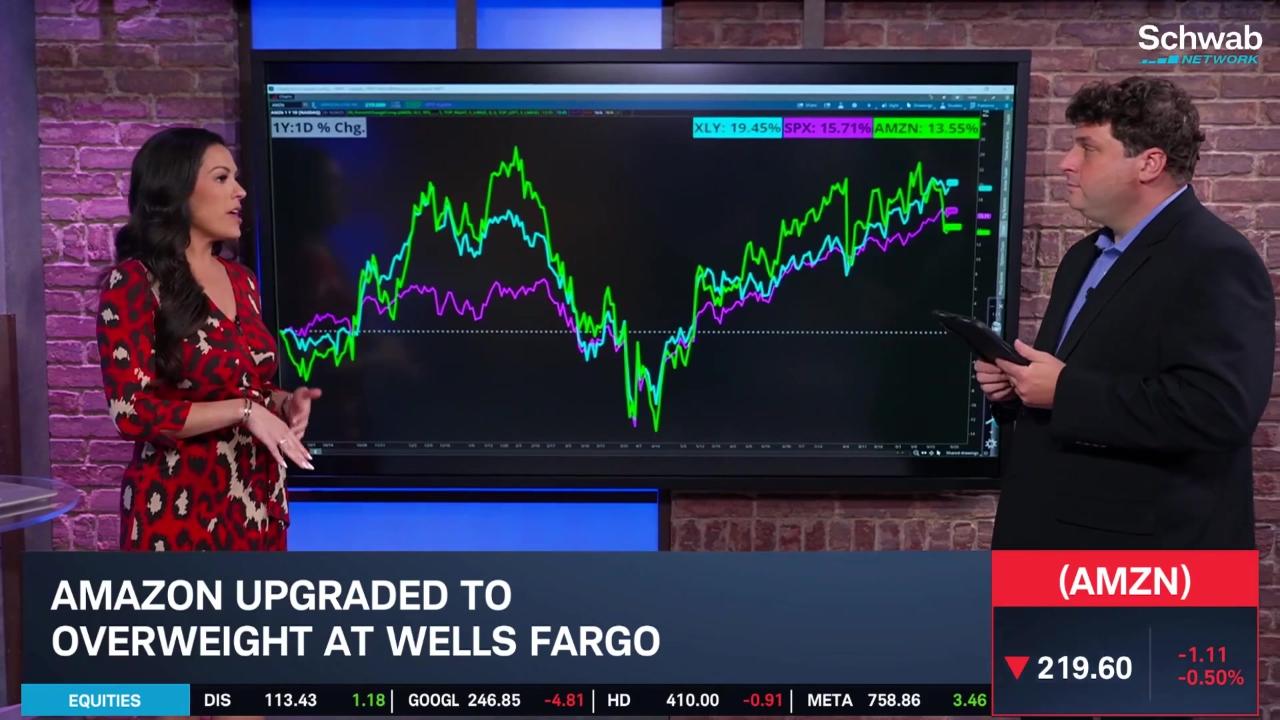- Market Minute
- Posts
- Waiting on PCE: Mega Cap Fatigue Meets Shutdown Risk in a Seasonal Chill
Waiting on PCE: Mega Cap Fatigue Meets Shutdown Risk in a Seasonal Chill

Markets opened the week leaning on the Fed’s recent 25 basis point cut and the idea that more easing could follow, but the tone softened into Thursday as investors confronted two catalysts with opposing implications: a possible Federal government funding lapse at midnight on September 30, and an inflation checkpoint that could complicate the current monetary easing path.
The “risk-management” rationale behind the Fed’s first cut this year left traders hypersensitive to every data point that might speed or stall additional cuts, and this week’s price action reflects the push-pull between growth resilience and lingering inflation. The yield curve has exhibited some flattening pressures, and volatility in the bond space has pushed some caution among equity investors, especially those holding growth names. This year’s leadership cohort of technology and communication services stocks have drifted lower in the week as long yields maintain firmness and equity positioning appears crowded.
The government shutdown overhang is the other macro variable, especially since elevated levels of fiscal deficits have been a positive multiplier catalyst for equity investors. Fiscal largesse has served as an economic offset to the current high-interest rate monetary regime designed to balance growth in the labor market and constrain elevated inflation. Based on prior episodes of shutdowns, they rarely deliver lasting market damage if they end quickly.
Layered on top is plain-vanilla seasonality. September is historically the trickiest month for U.S. stocks, with lower average returns and elevated volatility. When the market enters September richly valued and leadership is narrow, even modest rate jitters can catalyze fast rotations and profit-taking in crowded winners which is precisely what we saw as the week wore on.
All eyes now turn to Friday’s Personal Consumption Expenditures report for August, the Fed’s preferred gauge. Consensus has headline PCE running near 0.3% month-on-month and about 2.7% year-on-year, while core PCE is broadly expected to hold around 2.9% year-on-year; month-on-month core is tracking near the low-0.2% range, per previews and market calendars. Those figures would keep inflation above target but not re-accelerating a “good enough” outcome for an October cut, in the current market view.
If core PCE lands cooler than expected, futures might reflexively price higher odds of an October cut and lower terminal-rate risk. This may favor duration-sensitive parts of the equity market first such as mega cap growth, software, semis, and small cap names in Russell 2000. The dollar would likely soften, and the 2-year yield should lead lower, possibly helping the Nasdaq outperform into quarter-end and offering relief to the names that faded mid-week. The key nuance of a “too cool” print that hints at growth cracking could flip the script quickly by shifting the narrative from disinflation tailwind to a demand scare, so follow-through would hinge on concurrent spending and income details inside the report.
On the other hand, a hotter reading would likely dampen rate-cut odds at the margin and push front-end yields up, a combination that tends to pressure the very mega caps that have carried 2025’s rally. A benign PCE within consensus bands may not be enough to push indexes meaningfully higher while shutdown risk lingers and the seasonal tape remains choppy. Mega cap tech’s sensitivity to small moves in yields has returned to the forefront. With the S&P 500 up roughly 13% year-to-date and still riding a remarkably shallow drawdown pattern, the bar for positive surprises has risen, and September is not famous for forgiving misses.
Morning Minute
Featured Clip
Tune in live from 8 a.m. to 5 p.m. ET, or anytime, anywhere, on‑demand.
Or stream it via thinkorswim® and thinkorswim Mobile, available through our broker-dealer affiliate, Charles Schwab & Co., Inc
Please do not reply to this email. Replies are not delivered to Schwab Network. For inquiries or comments, please email [email protected].
See how your information is protected with our privacy statement.
Charles Schwab and all third parties mentioned are separate and unaffiliated, and are not responsible for one another's policies, services or opinions. Schwab Network is brought to you by Charles Schwab Media Productions Company (“CSMPC”). CSMPC is a wholly owned subsidiary of The Charles Schwab Corporation and is not a financial advisor, registered investment advisor, broker-dealer, or futures commission merchant.

